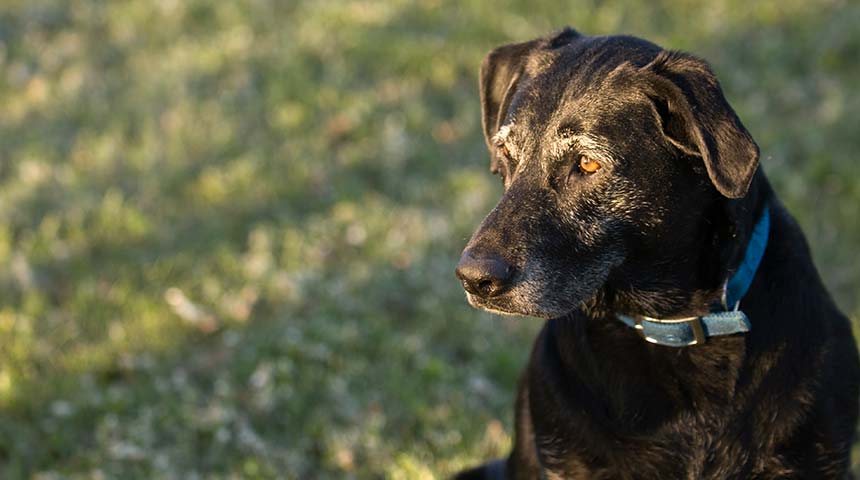
Dogs share our everyday environment and live longer than they used to, thanks in part to preventive veterinary medicine and dedicated owners. Therefore, it should not come as a surprise that certain chronic conditions, including cancer, are commonly diagnosed in pets.
Unfortunately, cancer is one of the most common causes of death in pets above 10 years of age. Once a diagnosis of cancer has been made, treatment options exist that, in addition to extending the life of these pets, can greatly improve their quality of life, as this remains the main goal in veterinary oncology. The treatment options are similar to those used for people with cancer and include surgery, chemotherapy, radiation therapy, immunotherapy, targeted therapy, and palliative therapy. It is important to realize that, because the goals of therapy are centered on quality of life, unpleasant side effects in cancer-bearing pets are much less frequent and less severe than what is known to occur in human cancer patients.
Nobody wants to discover that their pet has cancer. However, it is important to be able to recognize some warning signs that are relatively typical, though not specific, as it may lead to early diagnosis and possibly a better chance of survival with appropriate therapy. Below are some signs commonly seen in pets with cancer. The presence of one or more of these signs is reason enough to recommend a more thorough exam and some diagnostic tests:
- Discharge (blood or other) from any body orifice,
- Lumps or bumps that persist or continue to grow over time,
- Wounds that do not appear to heal completely,
- Unexplained weight loss or decreased muscle mass,
- Decreased appetite or anorexia,
- Foul smell,
- Difficulty chewing or swallowing,
- Unexplained behaviour changes,
- Persistent lameness or stiffness (which can start suddenly),
- Difficulty breathing, urinating, or defecating,
- Facial or muzzle deformity/asymmetry (new or progressing),
- Abdominal distension
- Unexplained swelling of any body part (limb, face, etc.), and
- Signs of pain.
These signs can be recognized by an observant owner.
Acting quickly when they are noticed is a good example of the team formed by the pet, the caretaker, and the animal health professionals!
*Adapted from an American Veterinary Medical Association (AVMA) document.
If your pet requires cares that cannot be performed in your hospital, we will transfer its file to one of our oncology specialists working at the Centre Vétérinaire Rive-Sud or at the Centre Vétérinaire Laval.

